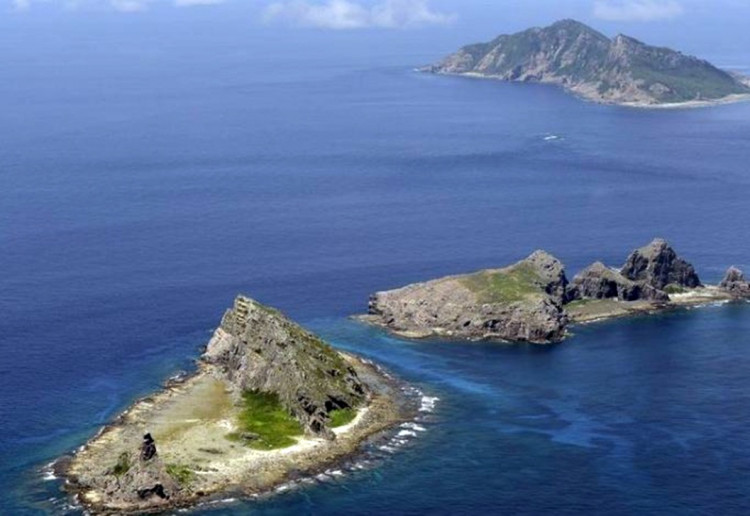The Cabinet of prime minister Yoshihide Suga on Friday approved the construction of two more Japan Maritime Self-Defense Force (JMSDF) destroyers equipped with the American-made Aegis Ballistic Missile Defense (BMD) System firing Standard Missile-3 (SM-3) interceptor missiles.
It also greenlit the upgrading of the truck-mounted Type 12 surface-to-ship missile to destroy enemy warships at longer range around its southwestern Okinawa island chain, including near disputed islets such as the Senkakus in the East China Sea.
The Ministry of Defense said the SM-3 missiles aboard the two new destroyers can shoot down Chinese cruise missiles and fighters, as well as ballistic missiles. Aegis BMD uses powerful computers and advanced radar technology to track and guide weapons to destroy targets. It's the most advanced naval system of its kind in the world.
Defense Minister Nobuo Kishi said the two new Aegis destroyers would replace two canceled Aegis Ashore systems Japan was forced to scrap earlier this year. Lingering concerns the interceptors' boosters might crash into populated areas in Yamaguchi and Akita prefectures were key reasons for canceling Aegis Ashore.
The government estimates the two new destroyers plus the Aegis BMD will cost from $4.6 billion (¥480 billion) to $4.8 billion (¥500 billion), which is from 20% to 30% higher than the estimated costs of Aegis Ashore.
"It's an expensive option. You get some added flexibility (with ships instead of Aegis Ashore) but a high cost," noted James Schoff, a former senior Pentagon East Asia specialist.
Unlike Aegis Ashore, the two guided-missile destroyers will not have the ability to guard against missile attacks 24 hours a day, 365 days a year, due to the huge costs entailed by this option.
The ministry said construction of both destroyers might take five years. These two destroyers will bring the number of Aegis BMD-equipped warships in the JMSDF to 10. Only the United States has more Aegis warships.
Japan is increasingly concerned about rampant Chinese activity in the East China Sea, including illegal fishing and mining. Japan said the Type 12 extended-range upgrade would be based on the existing model with a 200 km range already deployed on the Okinawa islands.
"The range of the current Type 12 is less than 200 km," according to Tetsuo Kotani, professor of global studies at Meikai University and a senior fellow at the Japan Institute of International Affairs.
"After the upgrade, the coverage will be almost doubled, perhaps 300 km to 400 km, which covers the Senkakus. This is a surface-to-ship missile, so they will be deployed along the southwestern islands such as Amami, Okinawa, Miyako, and Ishigaki."
Type 12 features an inertial navigation system with mid-course GPS guidance and better precision due to enhanced Terrain Contour Matching and target discrimination capabilities. The weapon is networked, and other platforms can provide initial and mid-course targeting.






